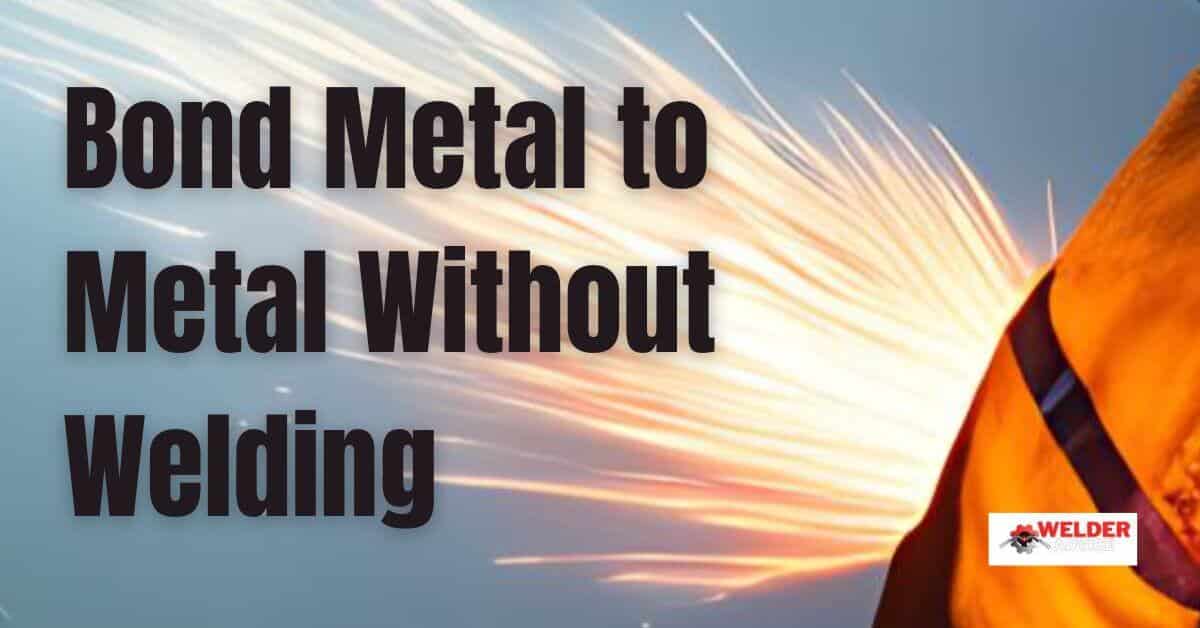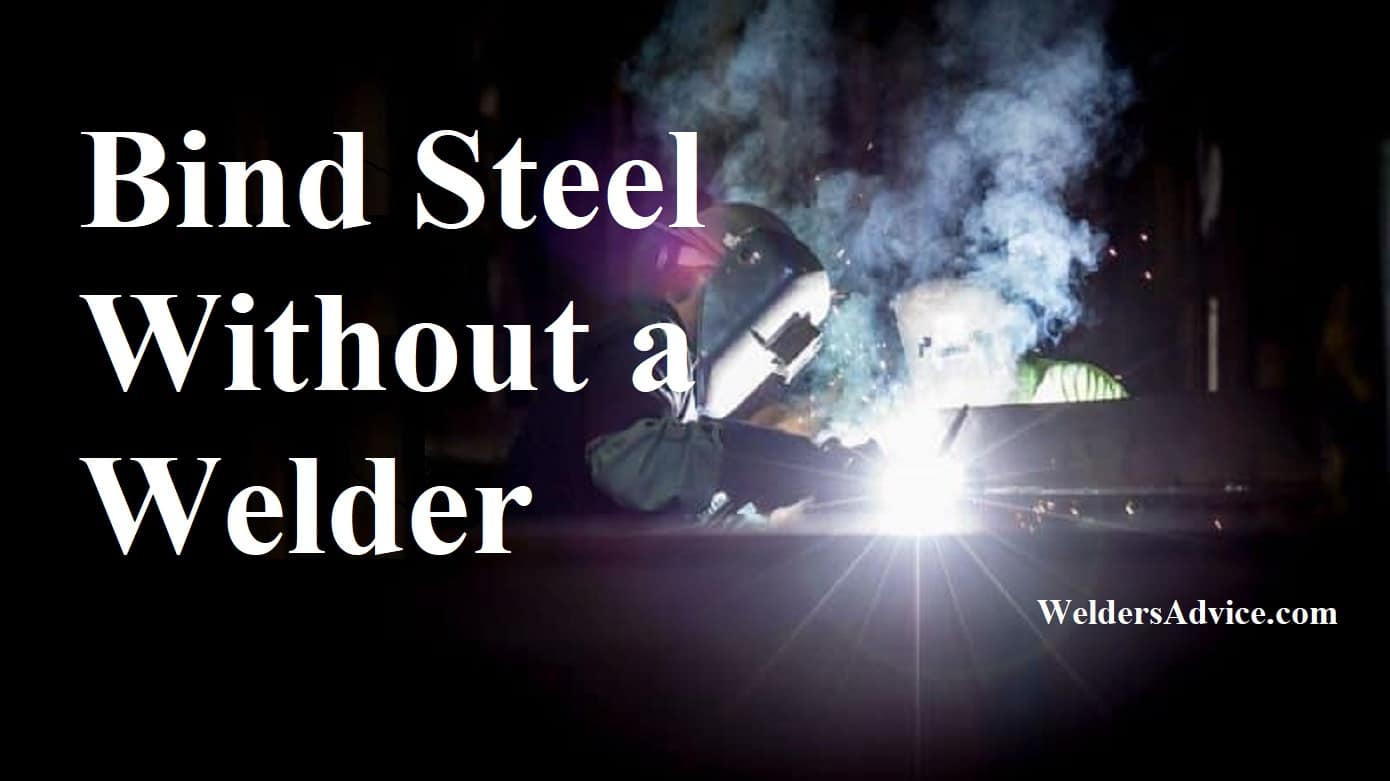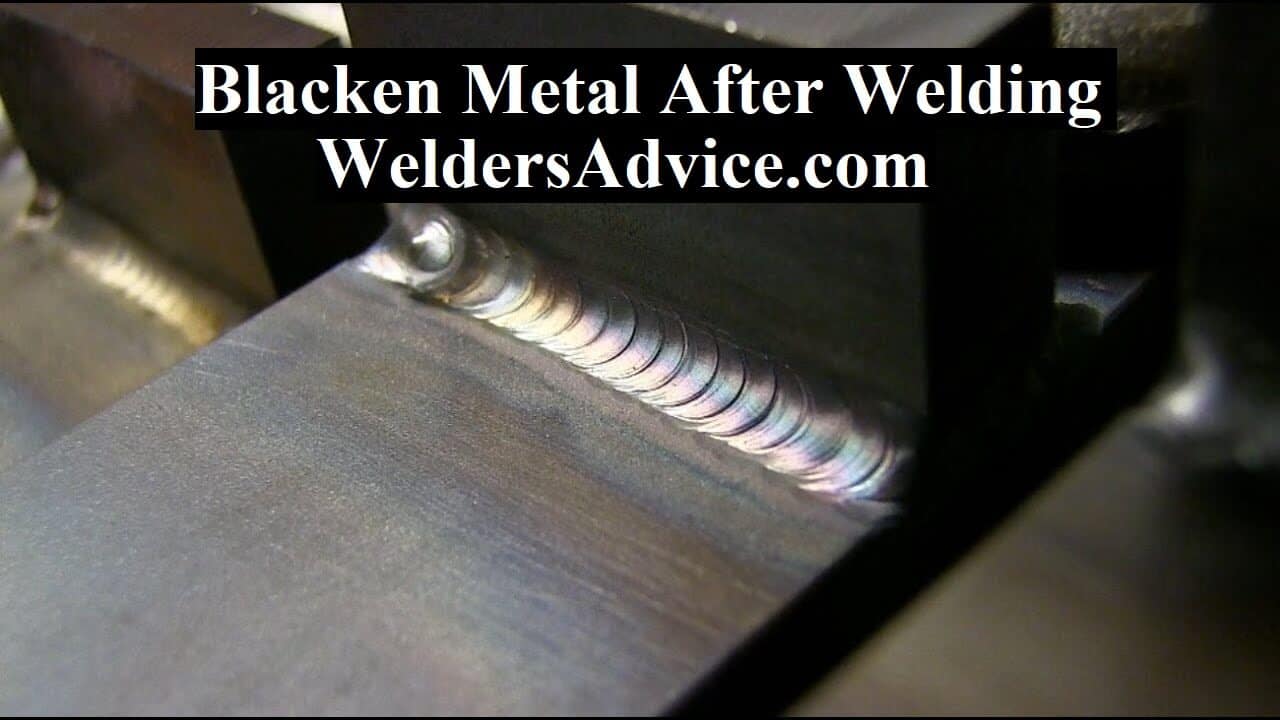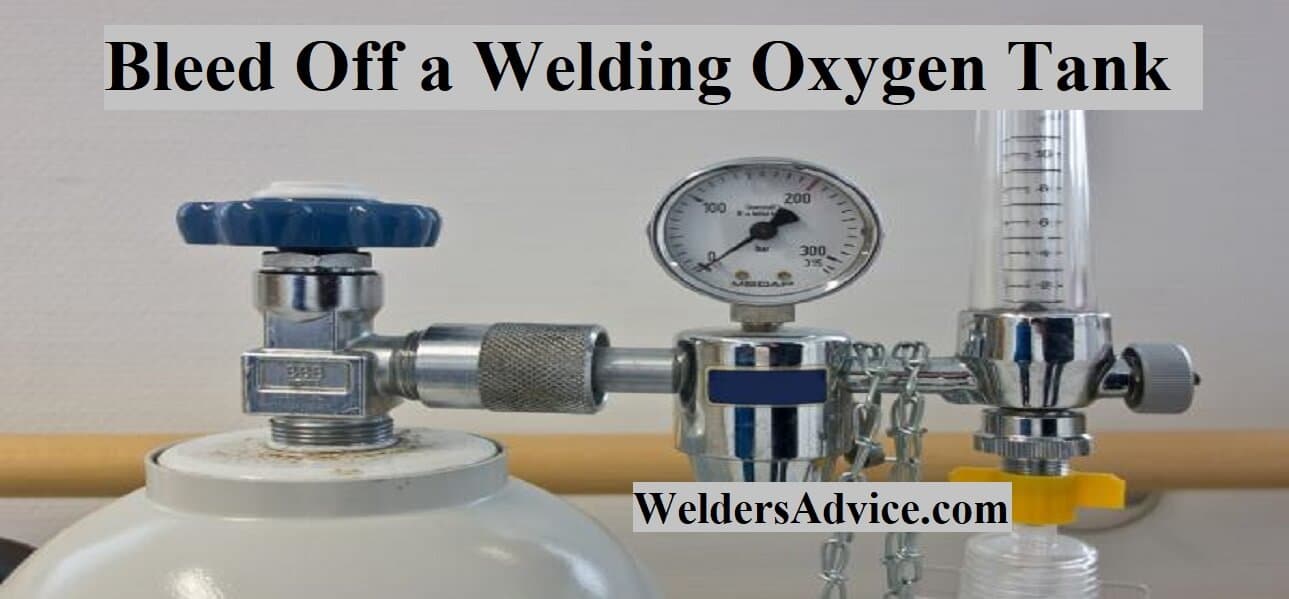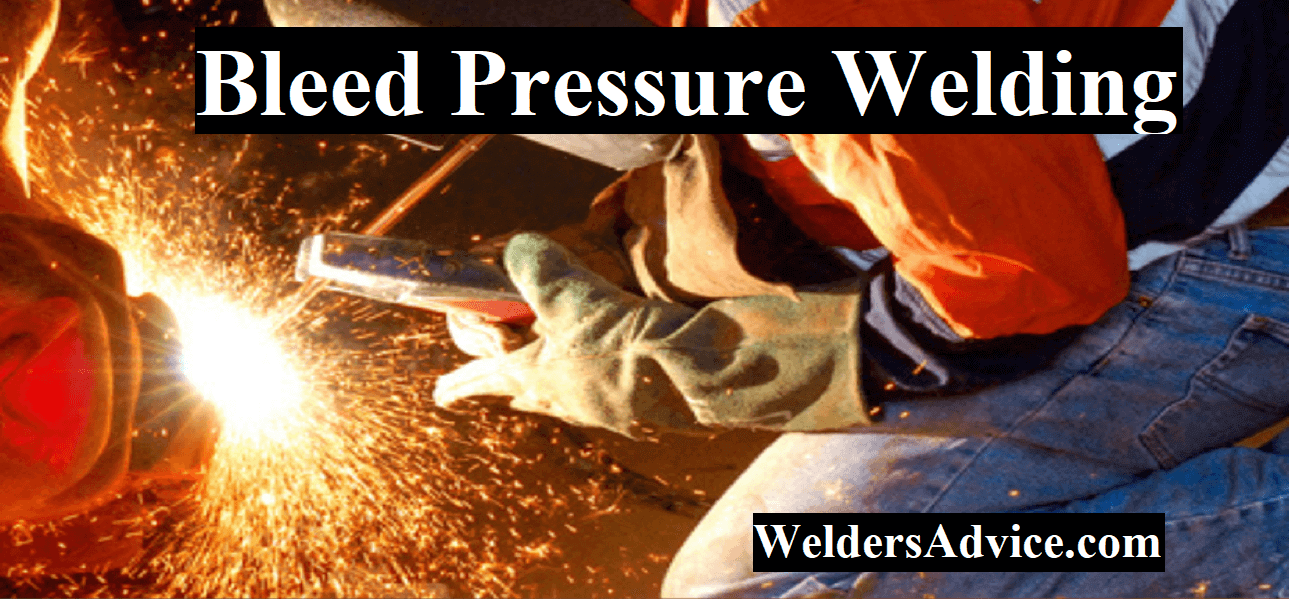Metal bonding is an essential process for various industries, including manufacturing, construction, and automotive. While welding is a common method to bond metal to metal, it requires specific equipment, training, and safety measures. However, there are alternative ways to bond metal without welding, and in this article, we’ll explore some of the best techniques and tips to do it efficiently
- Bond Metal to Metal Without Welding
- Adhesives: The Most Popular Choice for Metal Bonding
- Epoxy: A Strong and Durable Option for Heavy-Duty Applications
- Cyanoacrylate: The Quick and Easy Solution for Small Joints
- Acrylic: The Versatile Choice for Outdoor and UV Exposure
- Mechanical Fasteners: A Reliable Option for Structural Bonding
- Riveting: A Cost-Effective Method for Joining Metal Sheets
- Ultrasonic Welding: The Advanced Way to Bond Metal without Heat
- Choosing the Right Bonding Method for Your Project
- Final Thoughts
Bond Metal to Metal Without Welding
Here are some of the best techniques and tips to Bond Metal to Metal Without Welding.
Adhesives: The Most Popular Choice for Metal Bonding
Adhesives are the most common and convenient option for bonding metal to metal without welding. They come in various types, including epoxy, cyanoacrylate, acrylic, and polyurethane, each with its unique properties and uses. Adhesives work by creating a chemical bond between the metal surfaces, resulting in a strong and durable joint.
Epoxy: A Strong and Durable Option for Heavy-Duty Applications
Epoxy is a popular adhesive for bonding metal to metal in heavy-duty applications. It’s a two-part system that requires mixing the resin and hardener before applying it to the surfaces. Epoxy can fill gaps, withstand vibration, and resist chemicals and water, making it an ideal choice for structural bonding.
Cyanoacrylate: The Quick and Easy Solution for Small Joints
Cyanoacrylate, also known as super glue, is a fast-curing adhesive that works well for small joints and quick repairs. It bonds metal to metal by creating a chemical reaction with the surface moisture, resulting in a strong and durable joint. However, cyanoacrylate has limited gap-filling properties and may not withstand high loads or temperature changes.
Acrylic: The Versatile Choice for Outdoor and UV Exposure
Acrylic adhesive is a versatile option for bonding metal to metal in outdoor and UV exposure applications. It can withstand harsh weather, sunlight, and temperature changes without yellowing or cracking. The acrylic adhesive also has excellent shear and peel strength, making it suitable for structural bonding.
Mechanical Fasteners: A Reliable Option for Structural Bonding
Mechanical fasteners, such as bolts, screws, and rivets, are a reliable option for bonding metal to metal in structural applications. They create a permanent joint that can withstand high loads and vibration. Mechanical fasteners are easy to install and require minimal surface preparation, making them a cost-effective solution for large-scale projects.
Riveting: A Cost-Effective Method for Joining Metal Sheets
Riveting is a popular method for bonding metal sheets without welding. It involves punching a hole through the sheets and then inserting a rivet that expands and creates a tight joint. Riveting is a cost-effective and fast solution for joining metal sheets in manufacturing and construction.
Ultrasonic Welding: The Advanced Way to Bond Metal without Heat
Ultrasonic welding is an advanced method for bonding metal without heat or adhesives. It uses high-frequency vibrations to create friction between the metal surfaces, resulting in a strong and precise joint. Ultrasonic welding is ideal for joining small and delicate metal parts and is widely used in electronics, medical devices, and automotive industries.
Choosing the Right Bonding Method for Your Project
Choosing the right bonding method for your project depends on various factors, including the type of metal, the application requirements, and the environment. Adhesives are suitable for most bonding applications, but they may not be ideal for high-temperature or high-load situations. Mechanical fasteners and riveting provide a reliable and durable joint, but they may require additional equipment and preparation. Ultrasonic welding is a cutting-edge method that offers precision and speed, but it may not be cost-effective for small-scale projects.
Also Read: 4H Welding Ideas with Safety Tips
Final Thoughts
Bonding metal to metal without welding is possible with various techniques and materials, each with its strengths and weaknesses. By understanding the different options and choosing the right one for your project, you can achieve a strong, durable, and efficient joint that meets your application requirements. Whether you use adhesives, mechanical fasteners, riveting, or ultrasonic welding, make sure to follow the manufacturer’s instructions and safety guidelines for optimal results.

